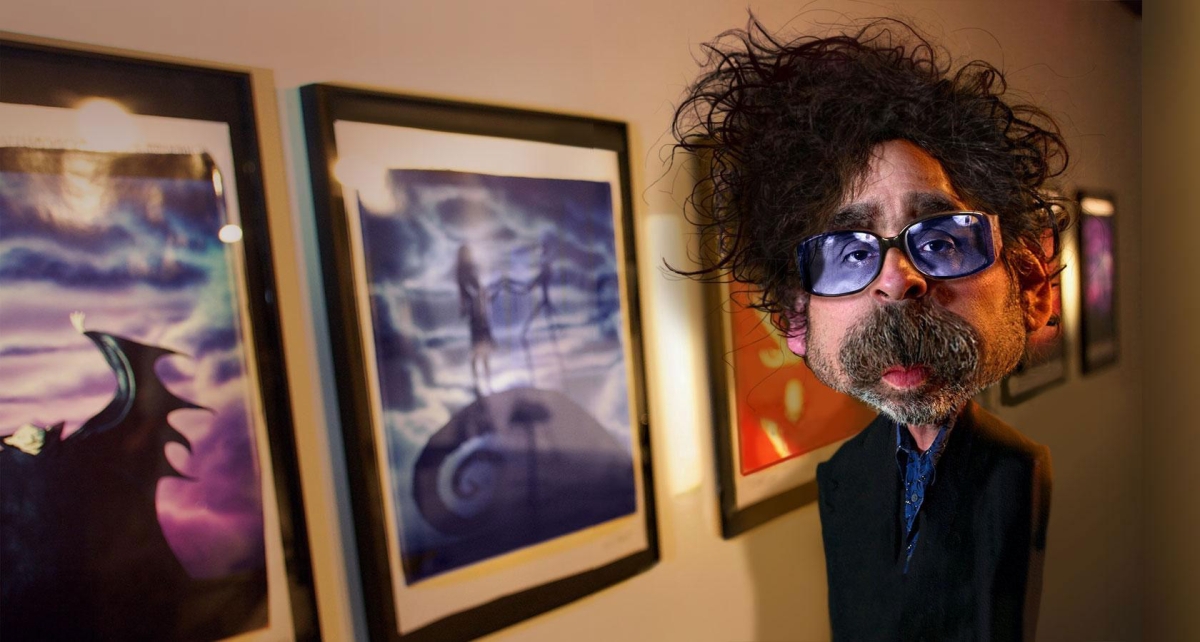Rodney Pike might think you have a big nose. Or squinty eyes. Or a chin that sticks out a bit too much. No offense. It’s his job.
The Baton Rouge-born caricature artist, now in Gonzales, exaggerates a person’s naturally prominent features, and sometimes their naturally diminished features, to create a caricature.
But this isn’t the kind of caricature you get while on vacation.
Pike says he knew he had talent at a young age when he was praised for his art and, in junior high, sold some of his paintings.

Previously a service manager in the car business, he says he’s always known he wanted to be an illustrator. “When I saw my first Saturday Evening Post cover, I knew,” Pike says. “All of my childhood, from a very young age until I got out of the military [US Navy] in 1988, I wanted to be an illustrator like my childhood idol, Norman Rockwell.”
He didn’t discover his passion for photo manipulation until he entered a Photoshop contest in April 2010.
“I had finally found my niche,” Pike says. “Since that day, my art has consumed me once again as it had in my youth.
“It has very quickly become my job and that was not my intent,” he says. “I started doing photo manipulation and caricatures because it was fun and it’s still fun. I just get paid for some of my work now, which totally blows me away.” Pike’s work has been published in several publications including FHM and Tennis magazine as well as a cover image for The Village Voice.
Pike manipulates photos of celebrities and politicians in satirical situations. With no training in Photoshop, caricatures or art, each piece is an instinctive, inspirational, learning experience.

Asked how other illustrators respond to his digital caricatures, Pike says: “There are many ‘traditional’ caricature artists—if there is such a thing anymore—who haven’t accepted me or my work because it’s different. … It will come with time as it always has.”
If he is not working on a photo for a client, he’ll choose a photo from his library of images, or one of 6-8 caricatures that are slow works-in-progress, and begin working.
“If it’s not flowing for me, I close it out and move on to something new,” he says. “I always end up coming back, and sometimes I see things I didn’t see the first time, but the main thing is that I’m inspired to work on it. If the inspiration isn’t there, I’m wasting my time. That’s why I rotate works in progress.”
Pike says that when he works on a piece, he has no process. He’ll start somewhere and “let the piece lead” him. “I’m not sure how it happens but somehow in the end, the piece ends up being recognizable as my work, my style, whatever that is. It’s a total mystery to me,” he says.
Originally published in 225 magazine
